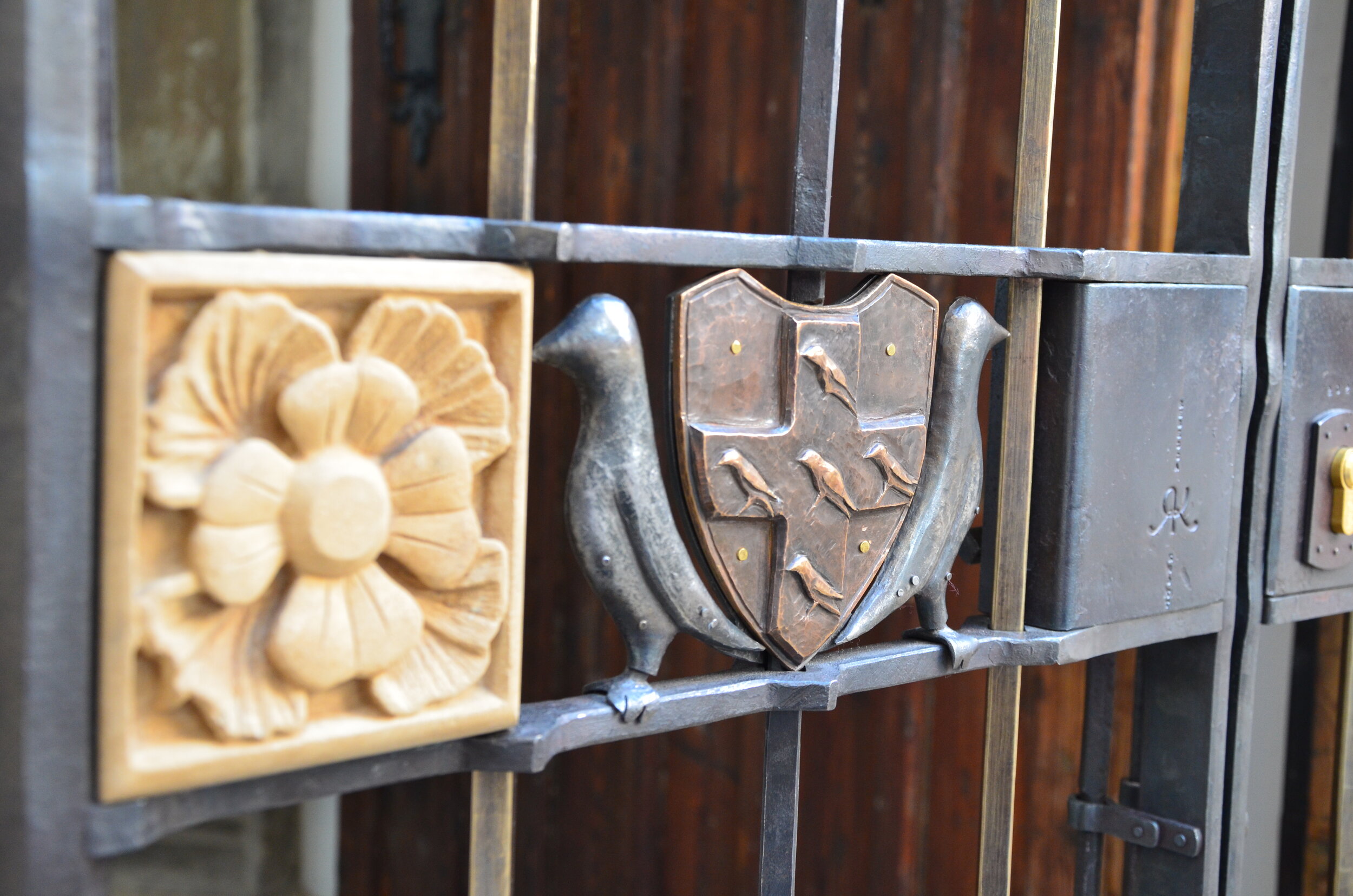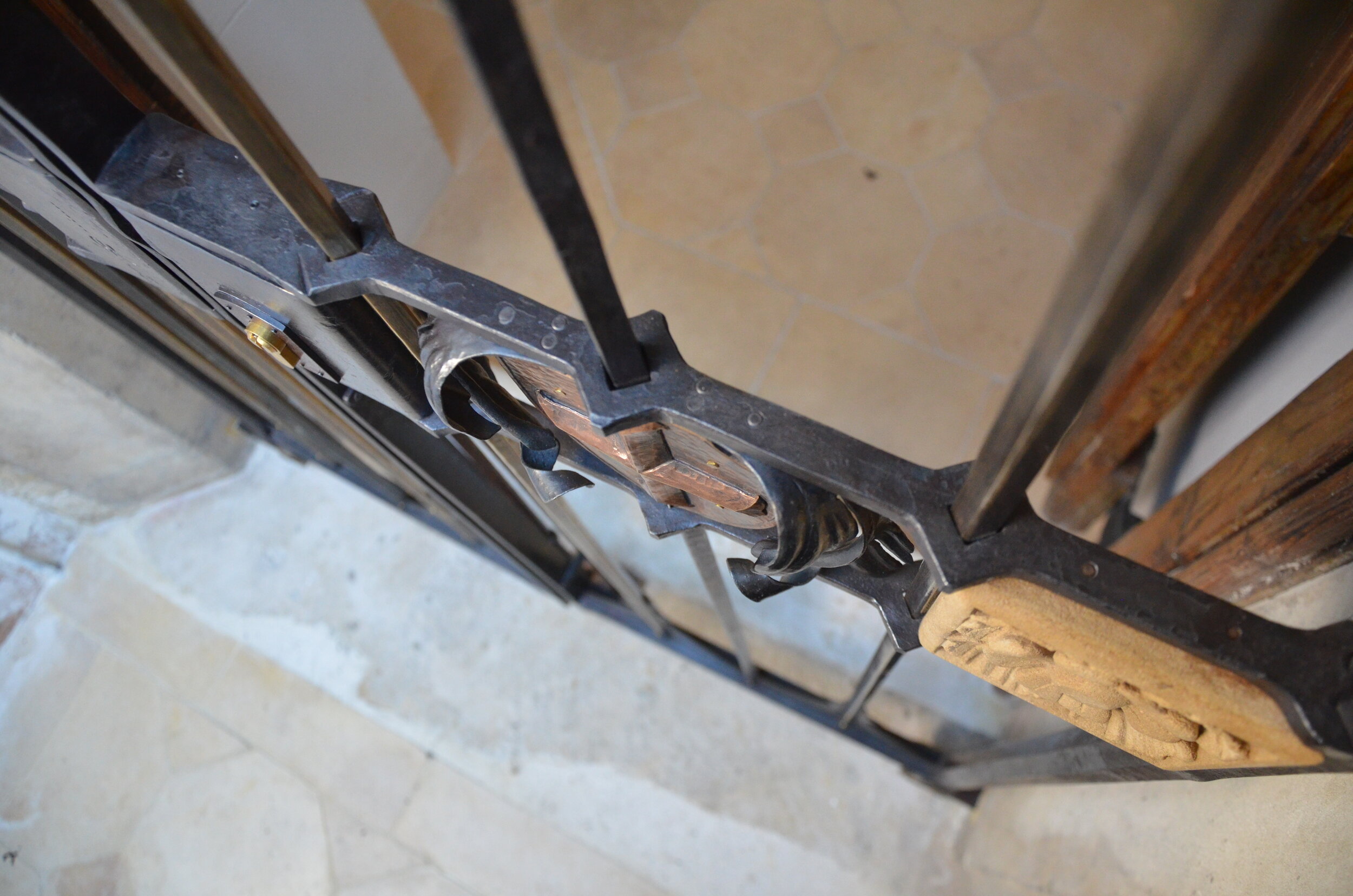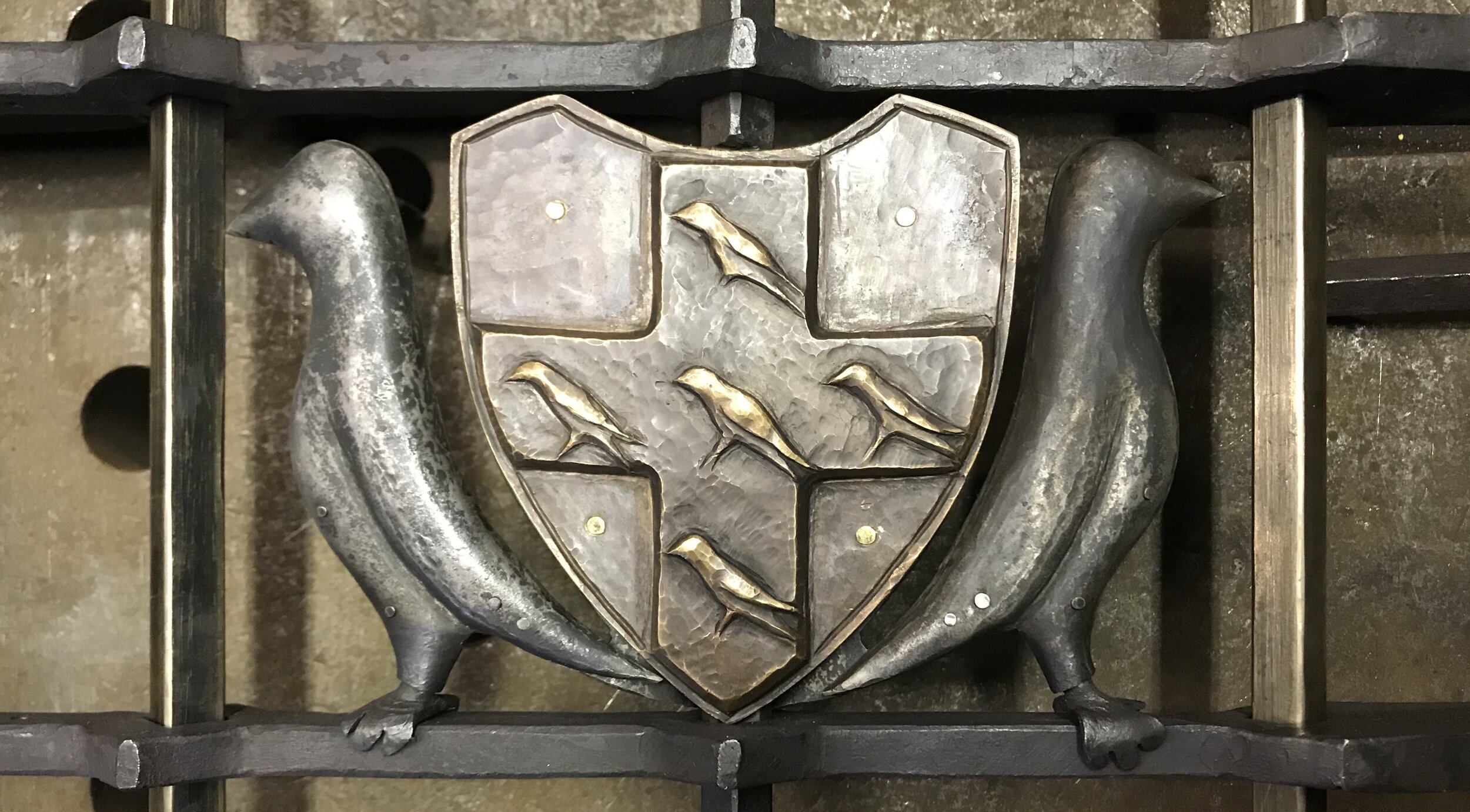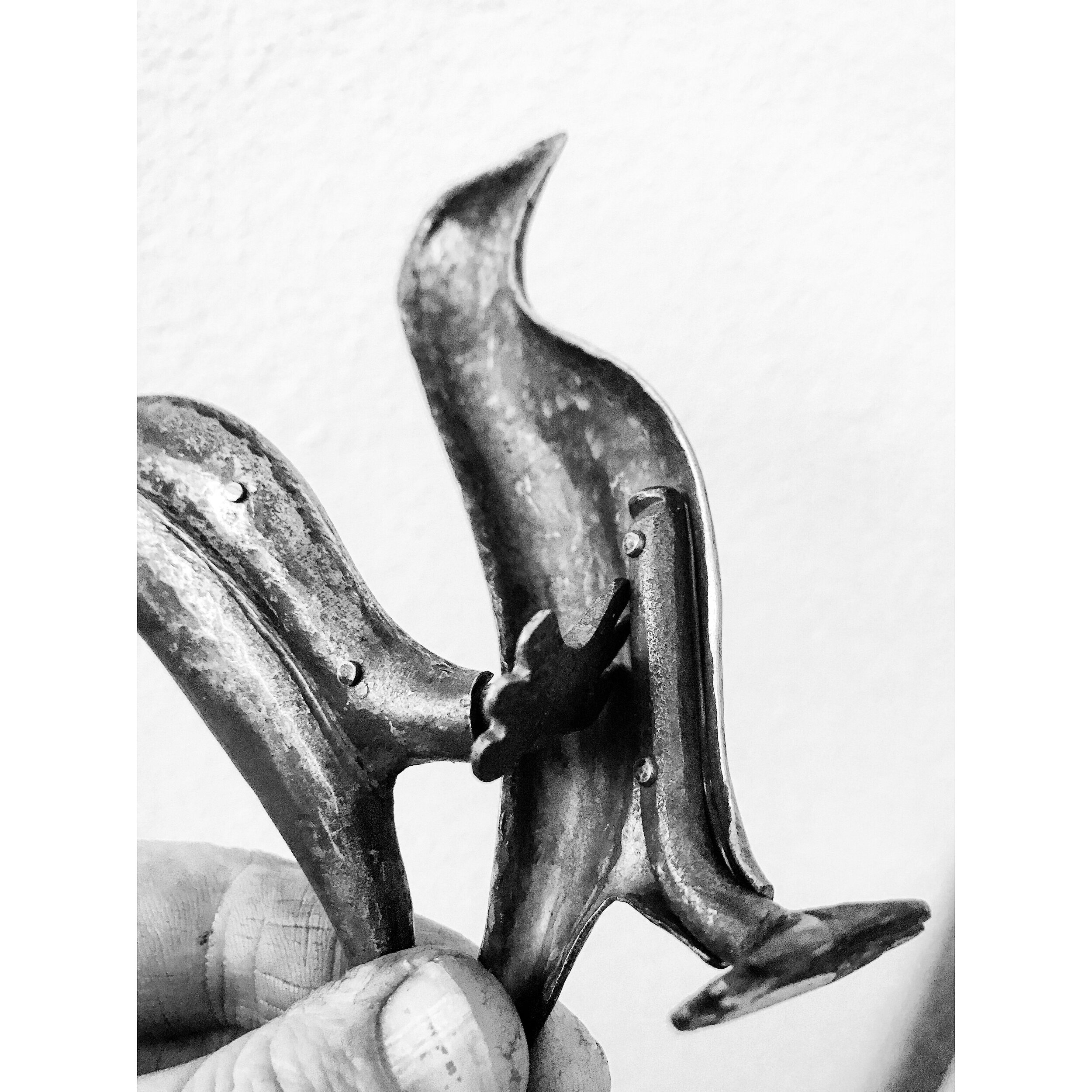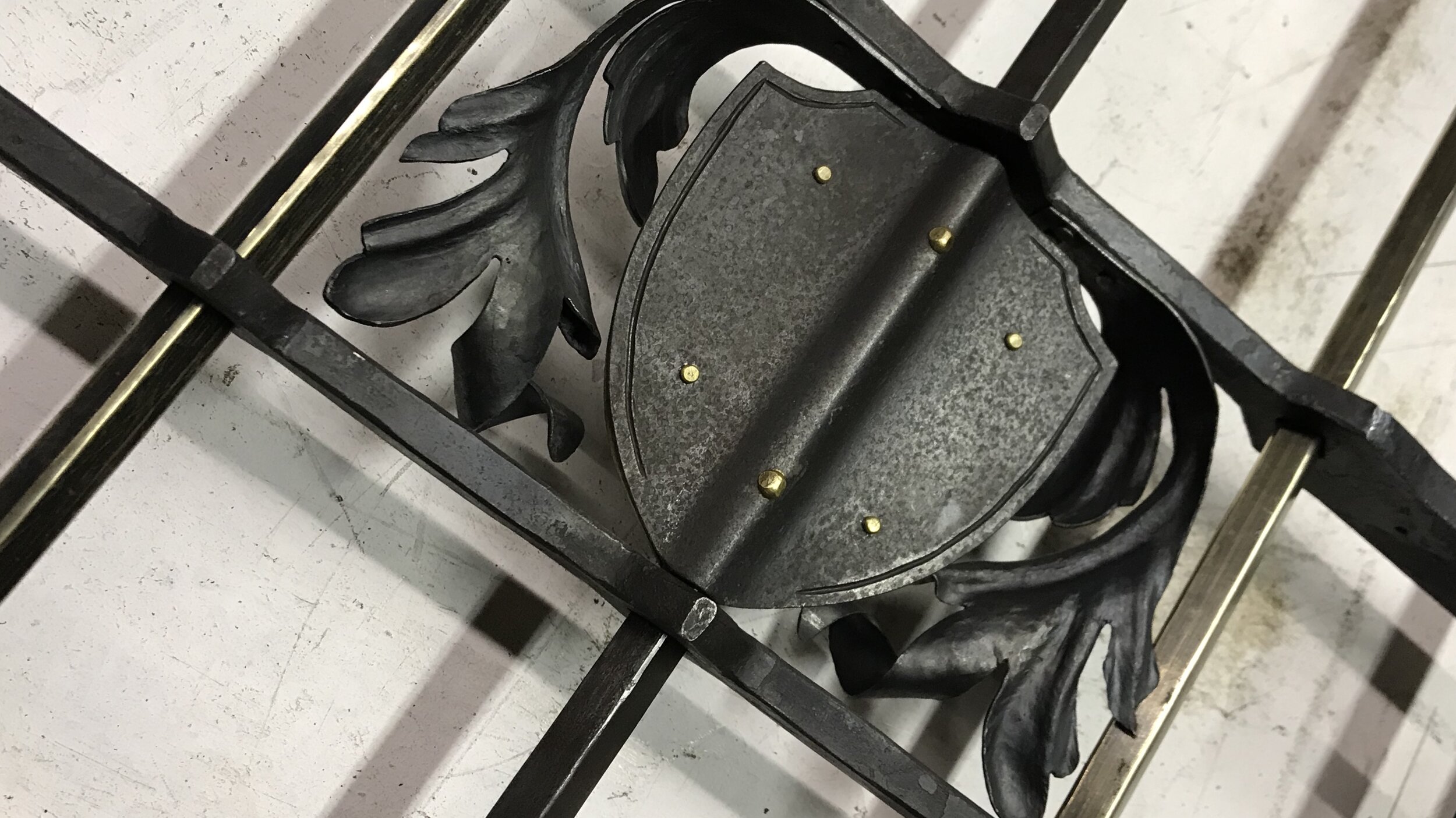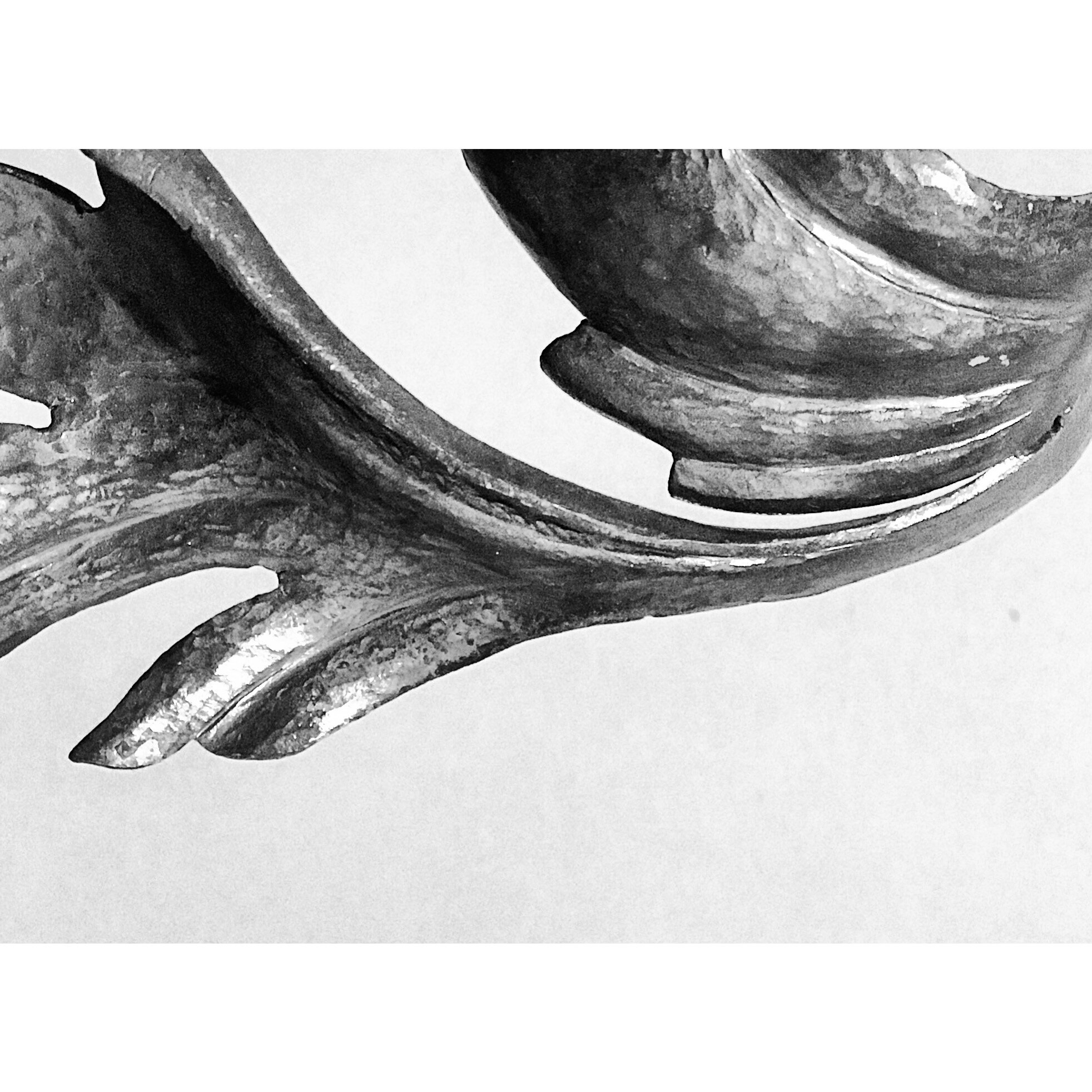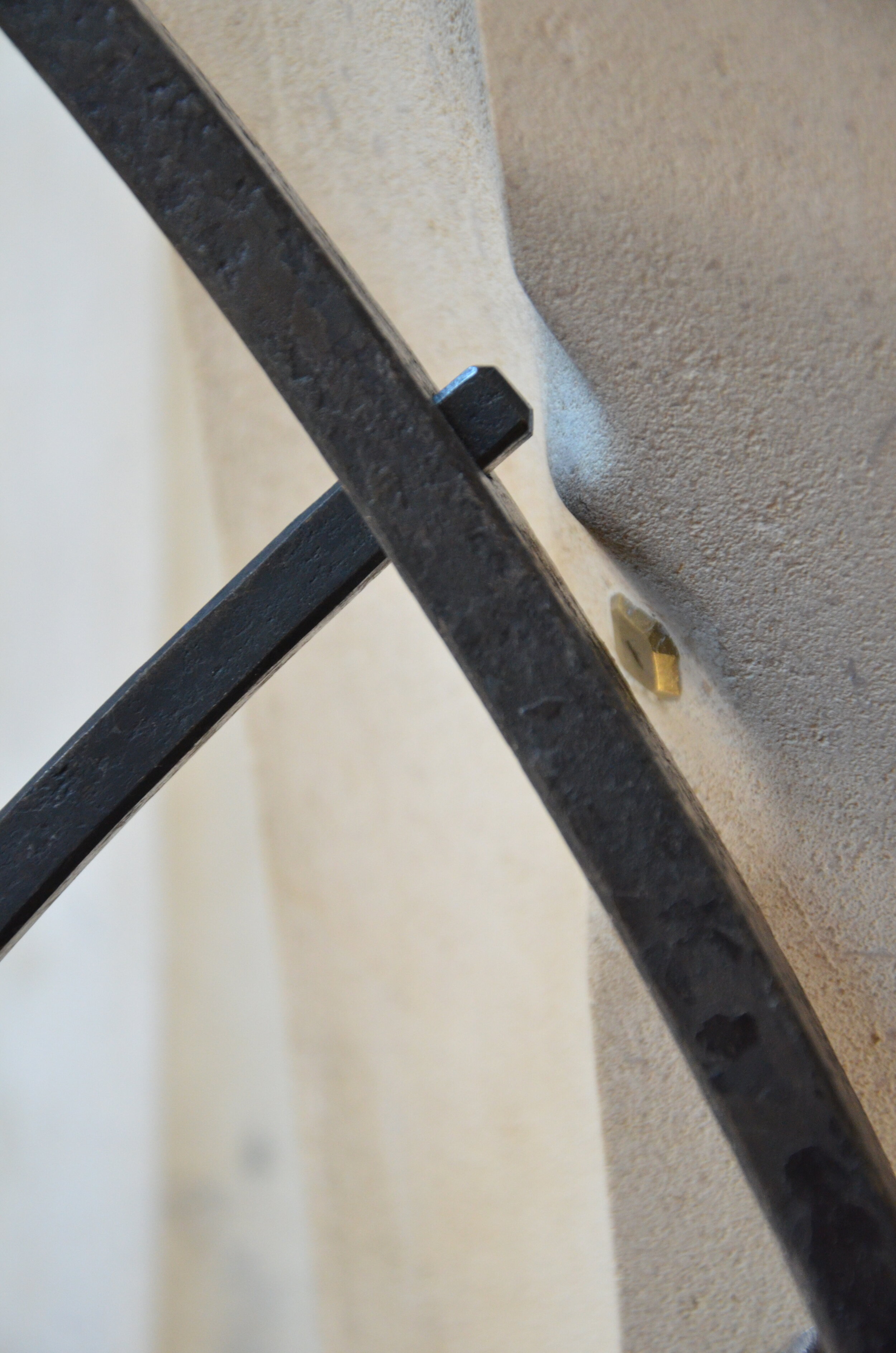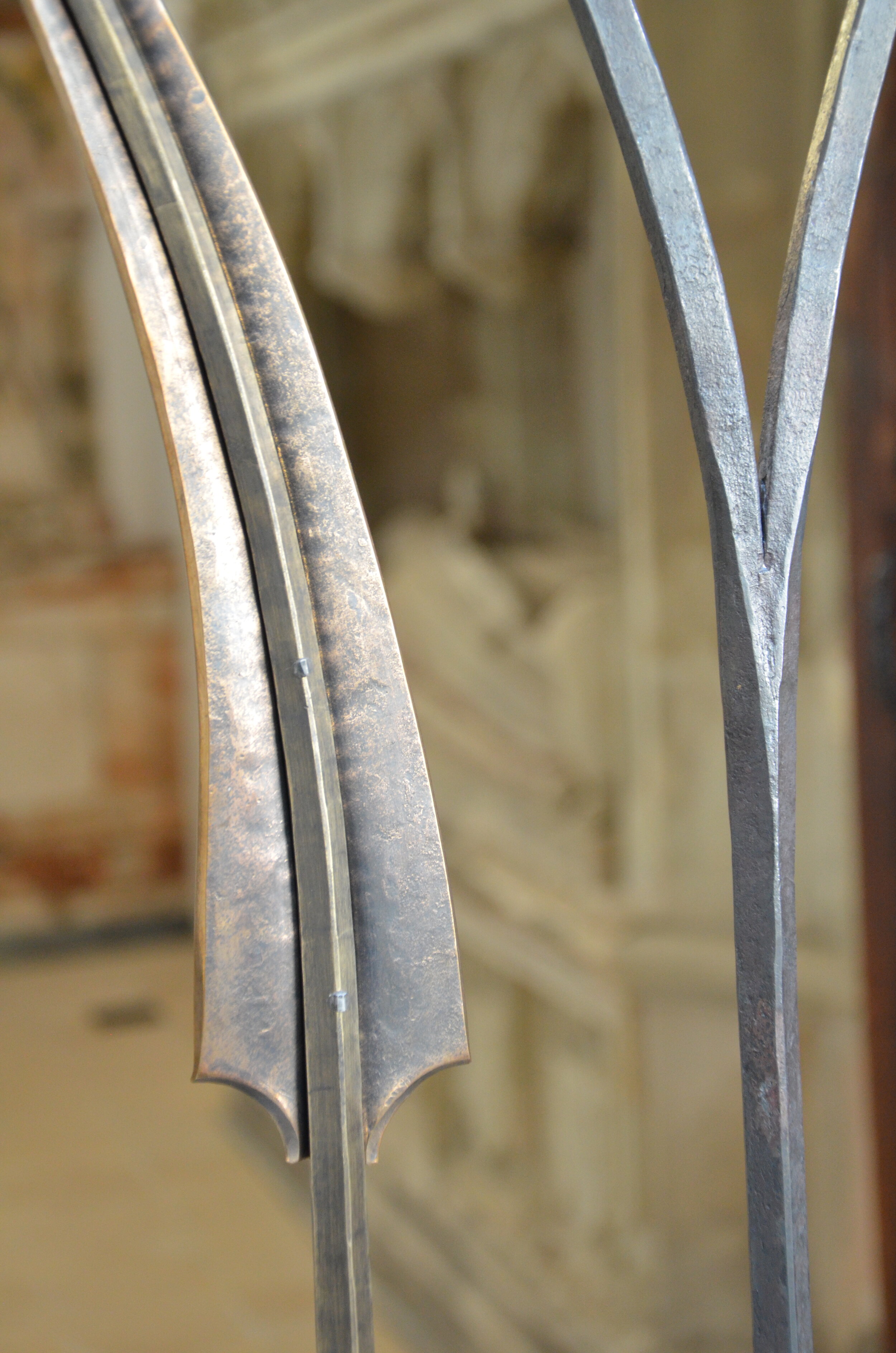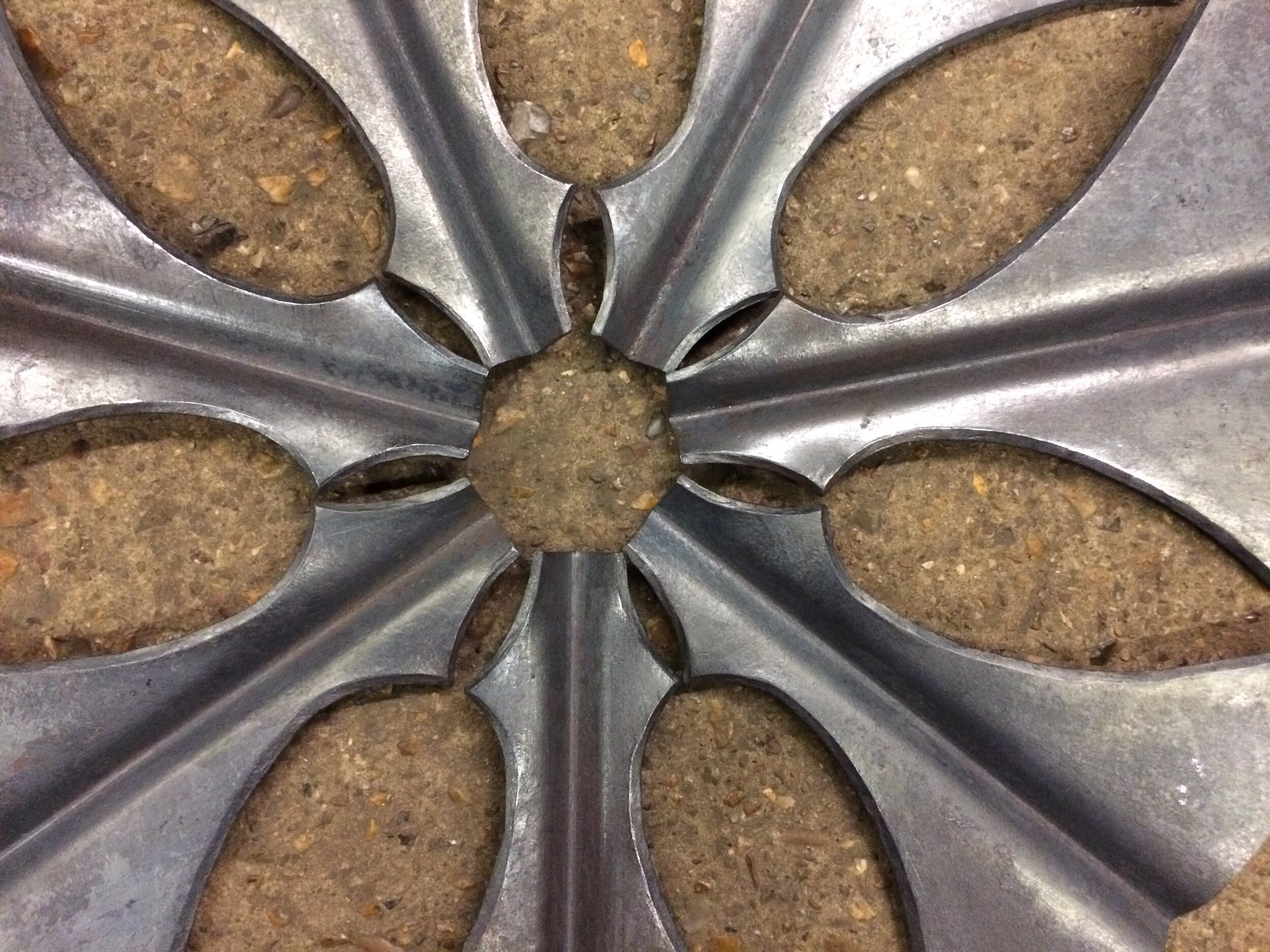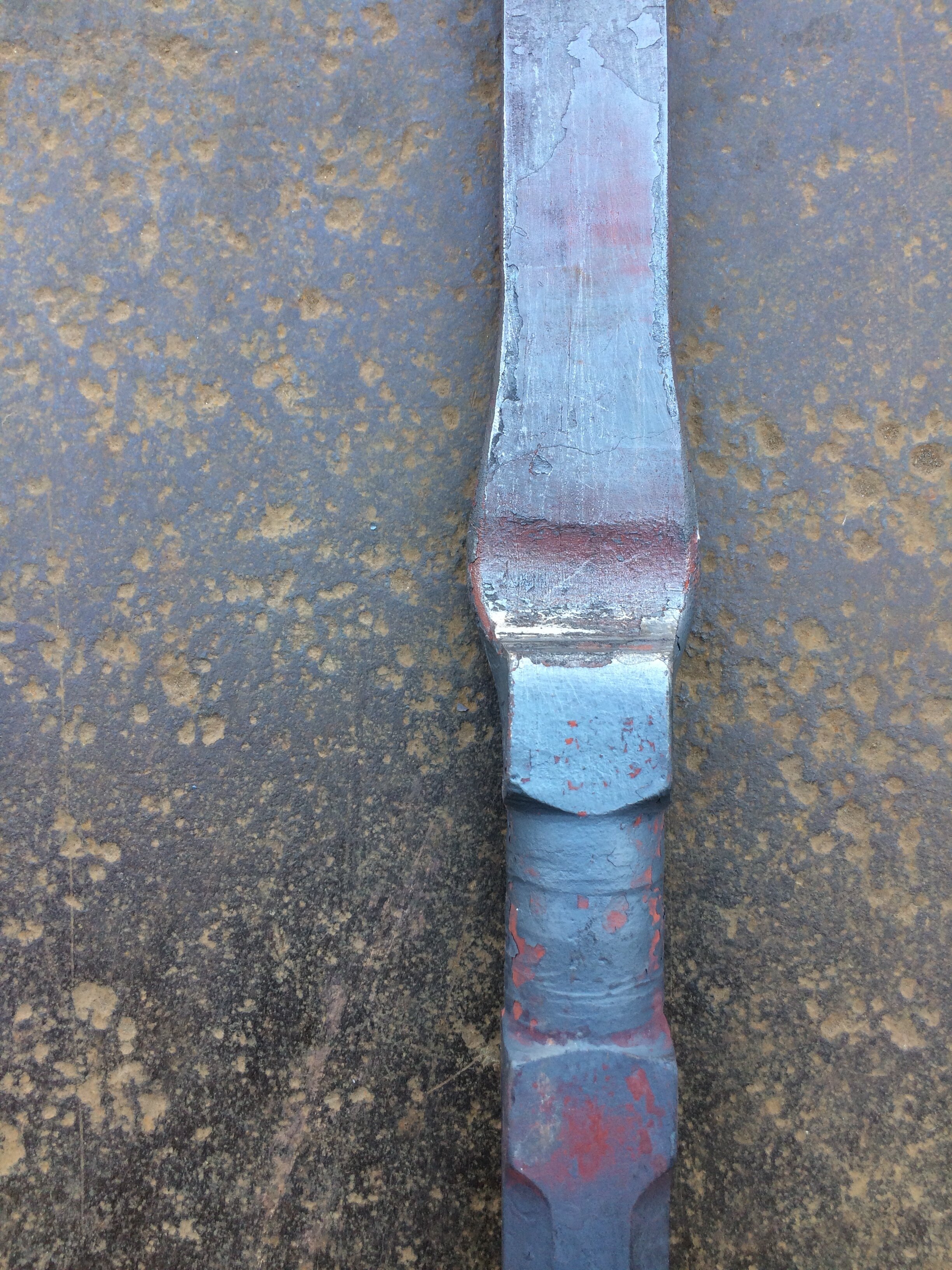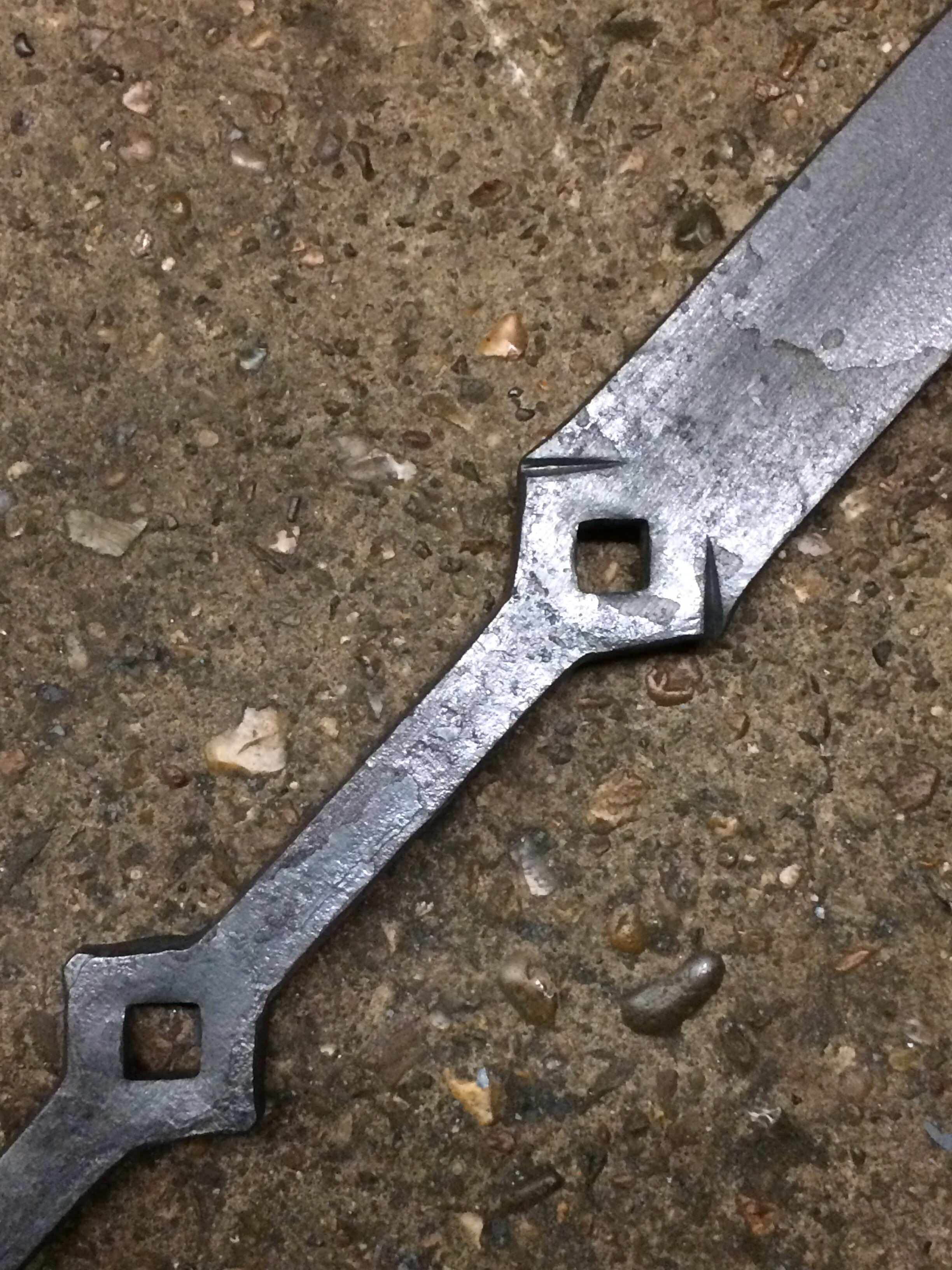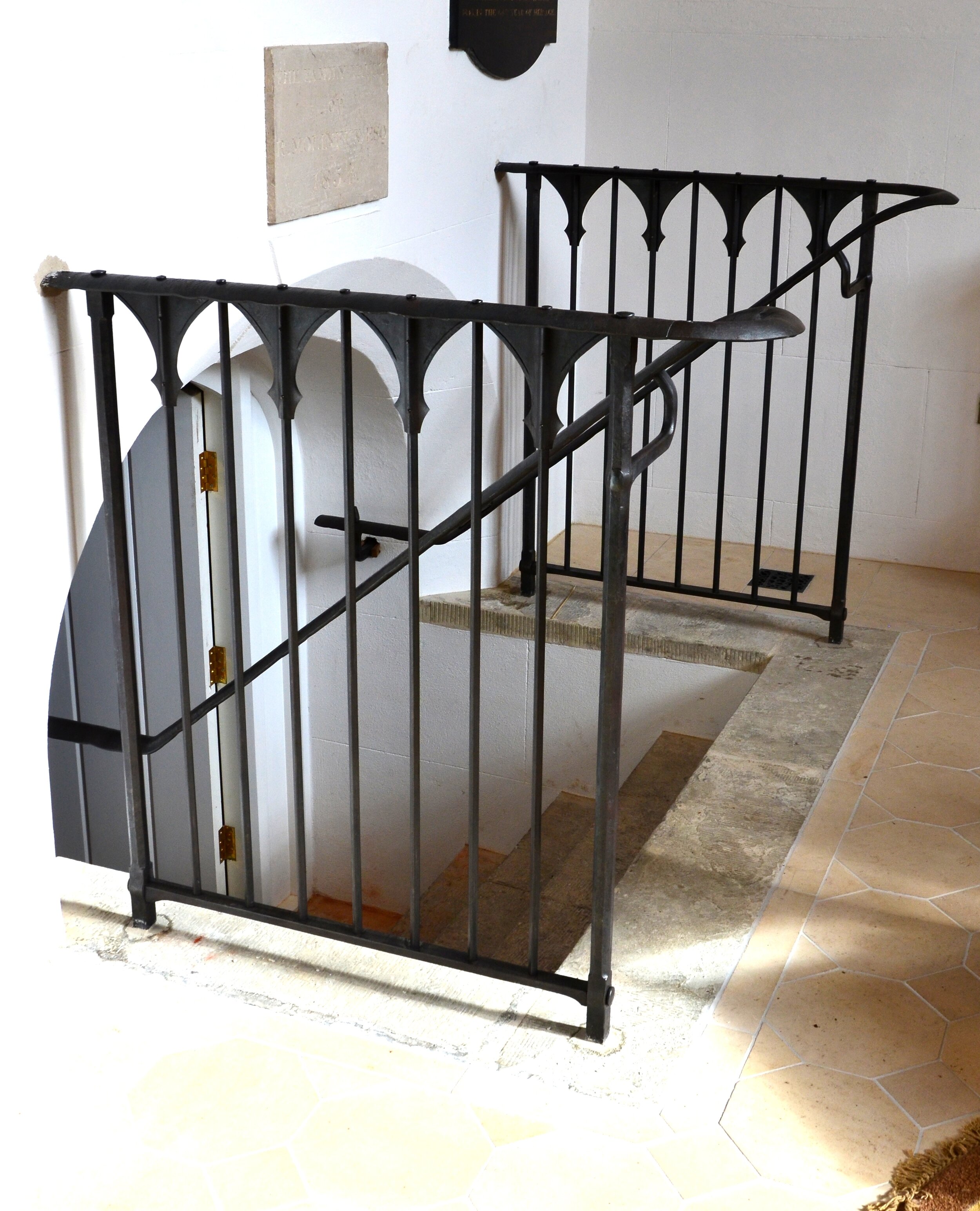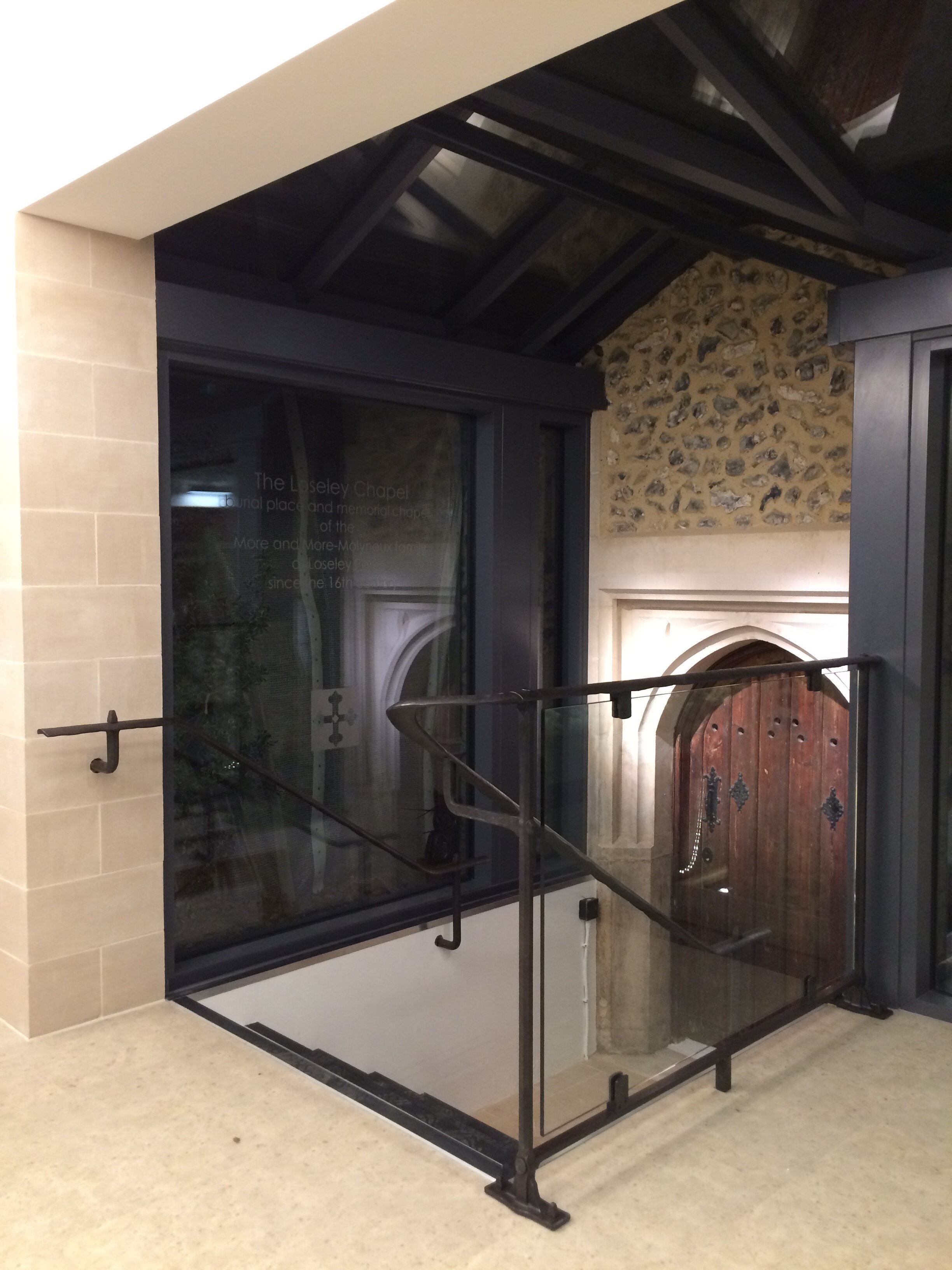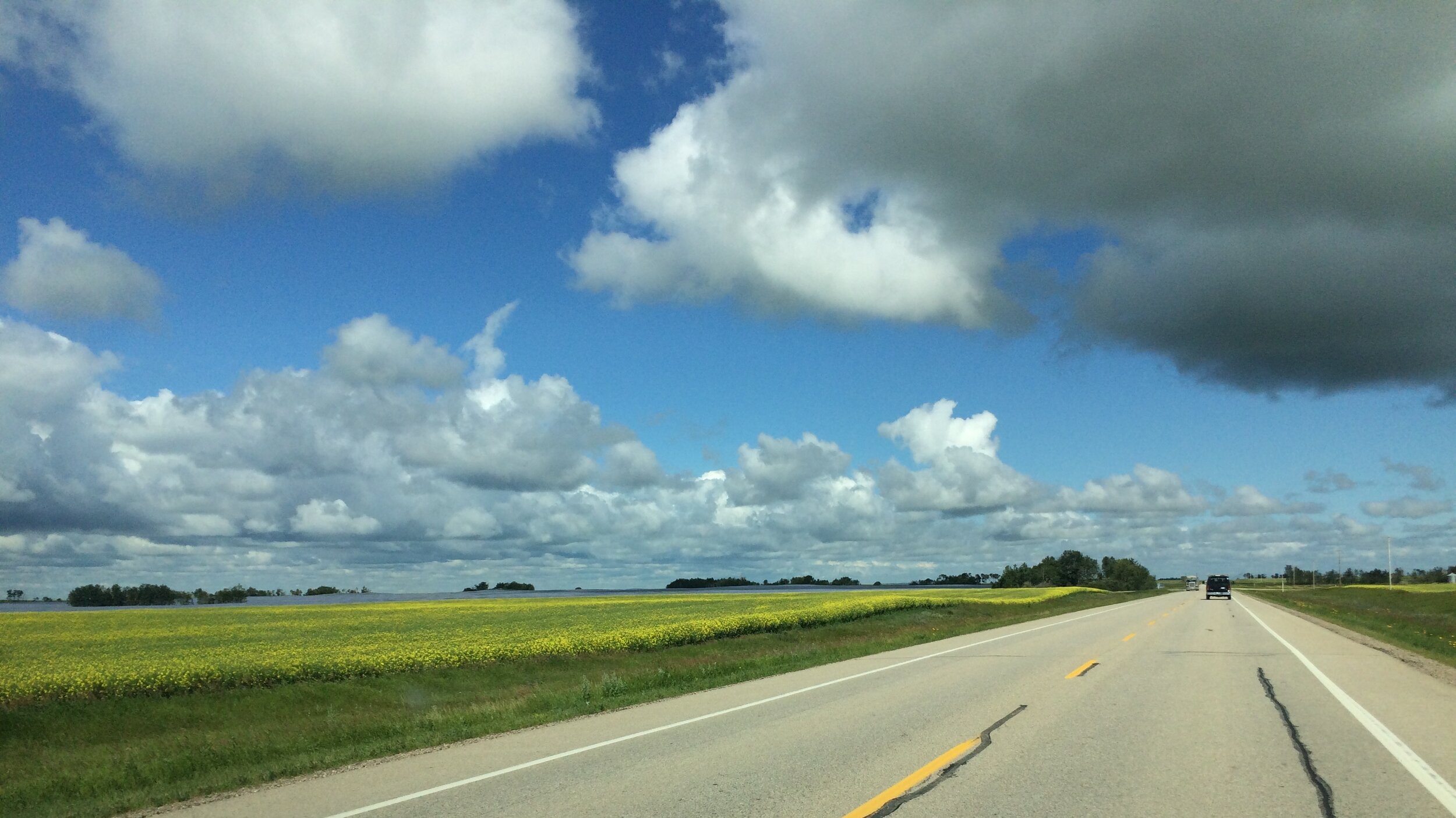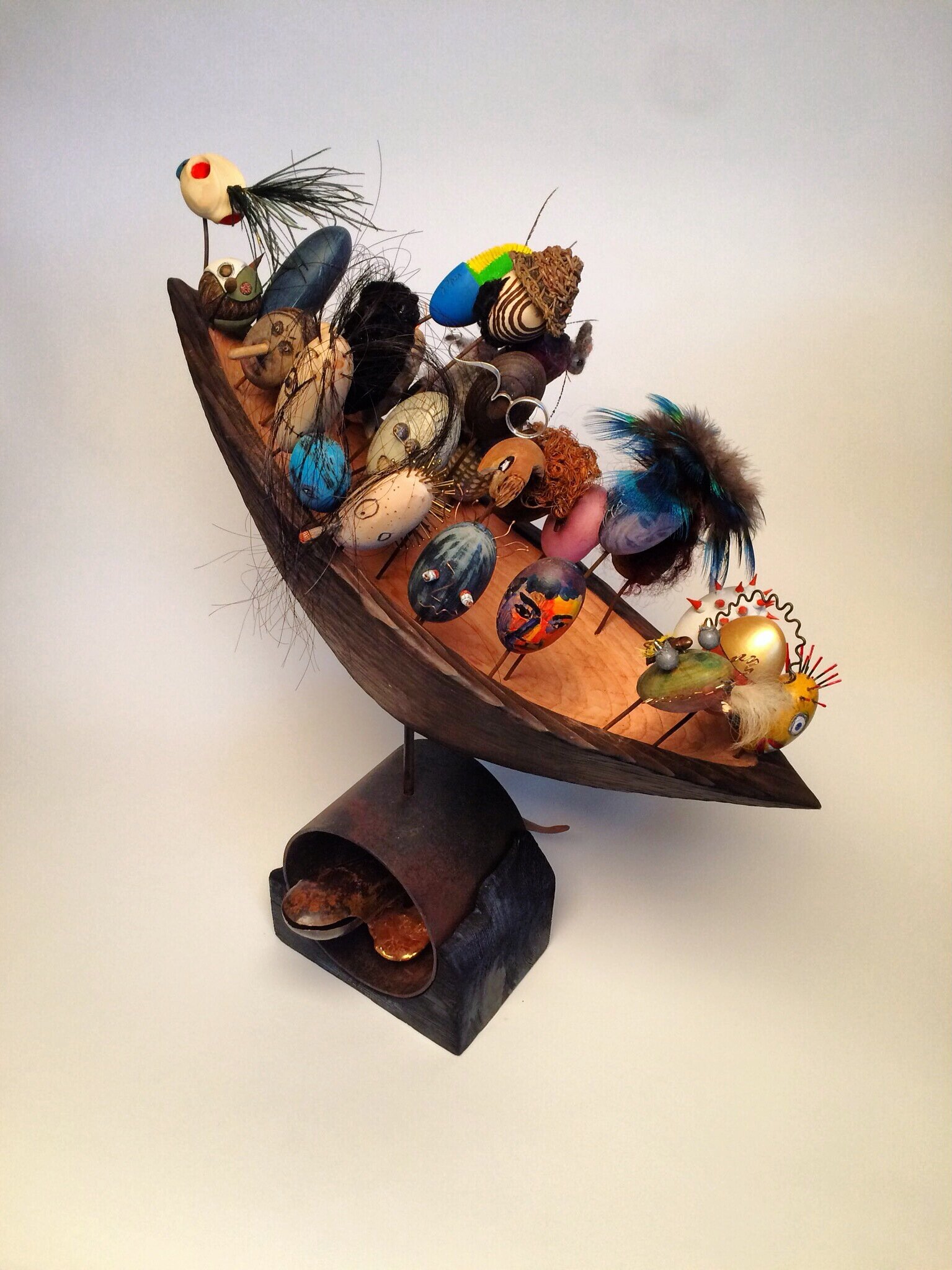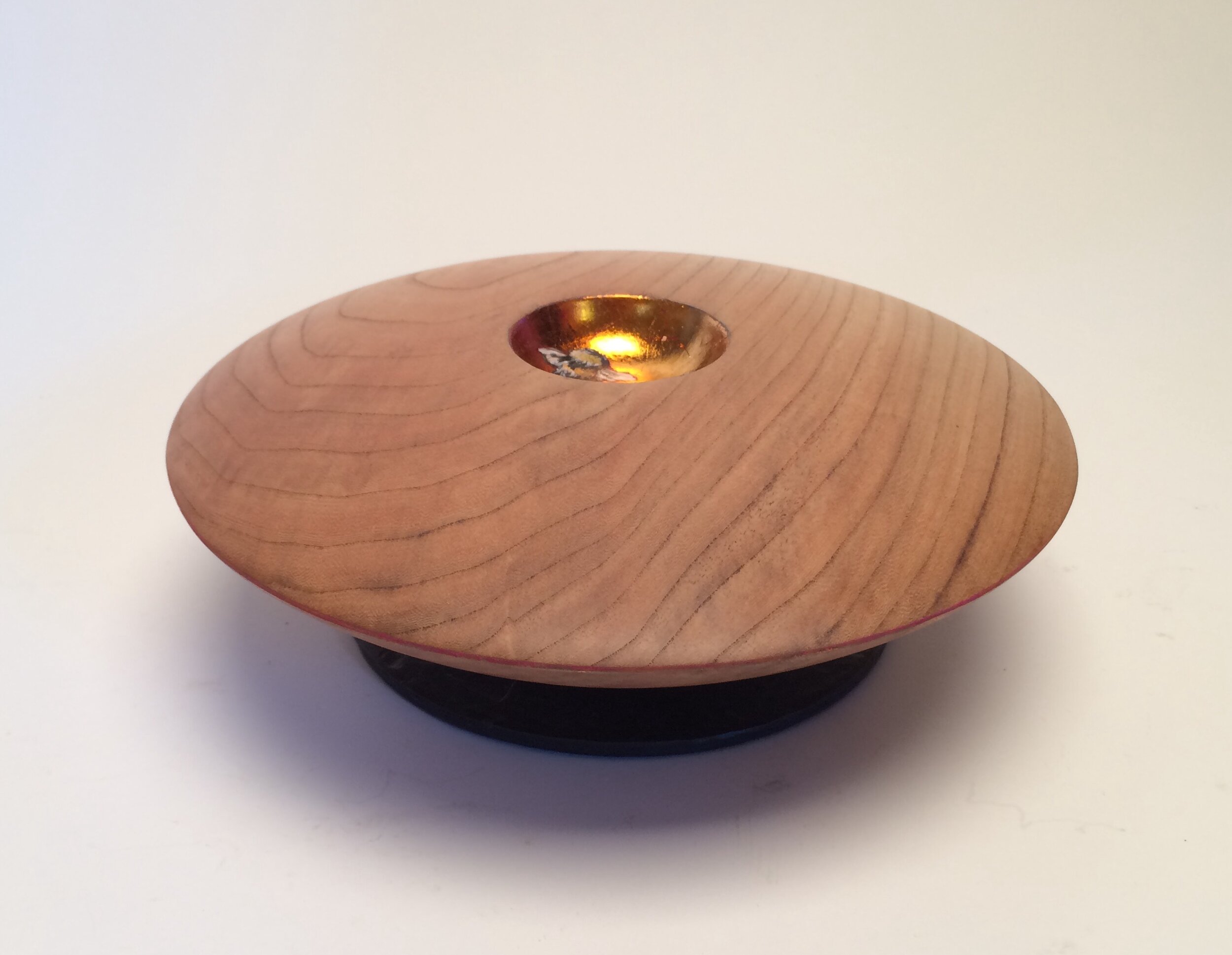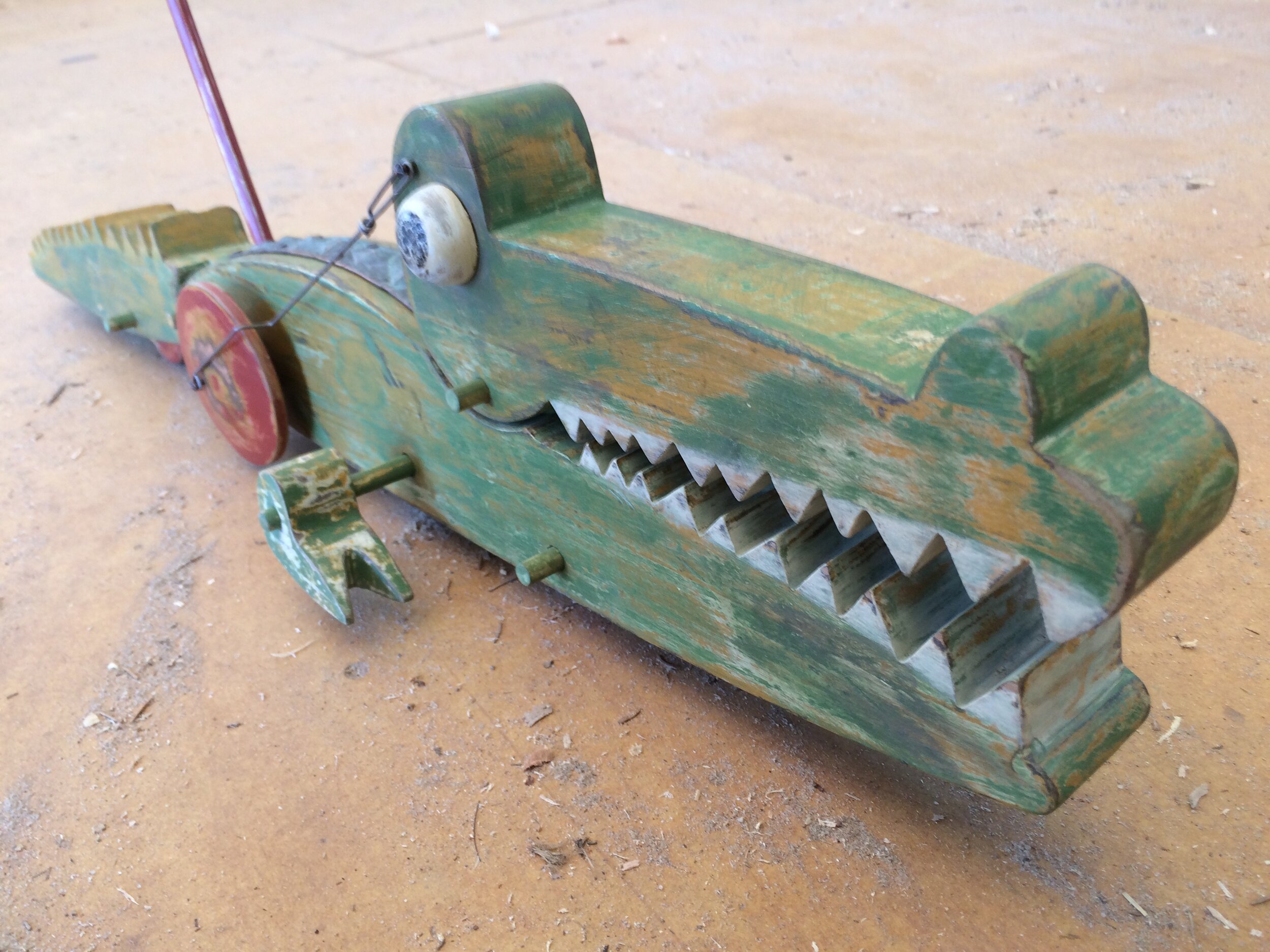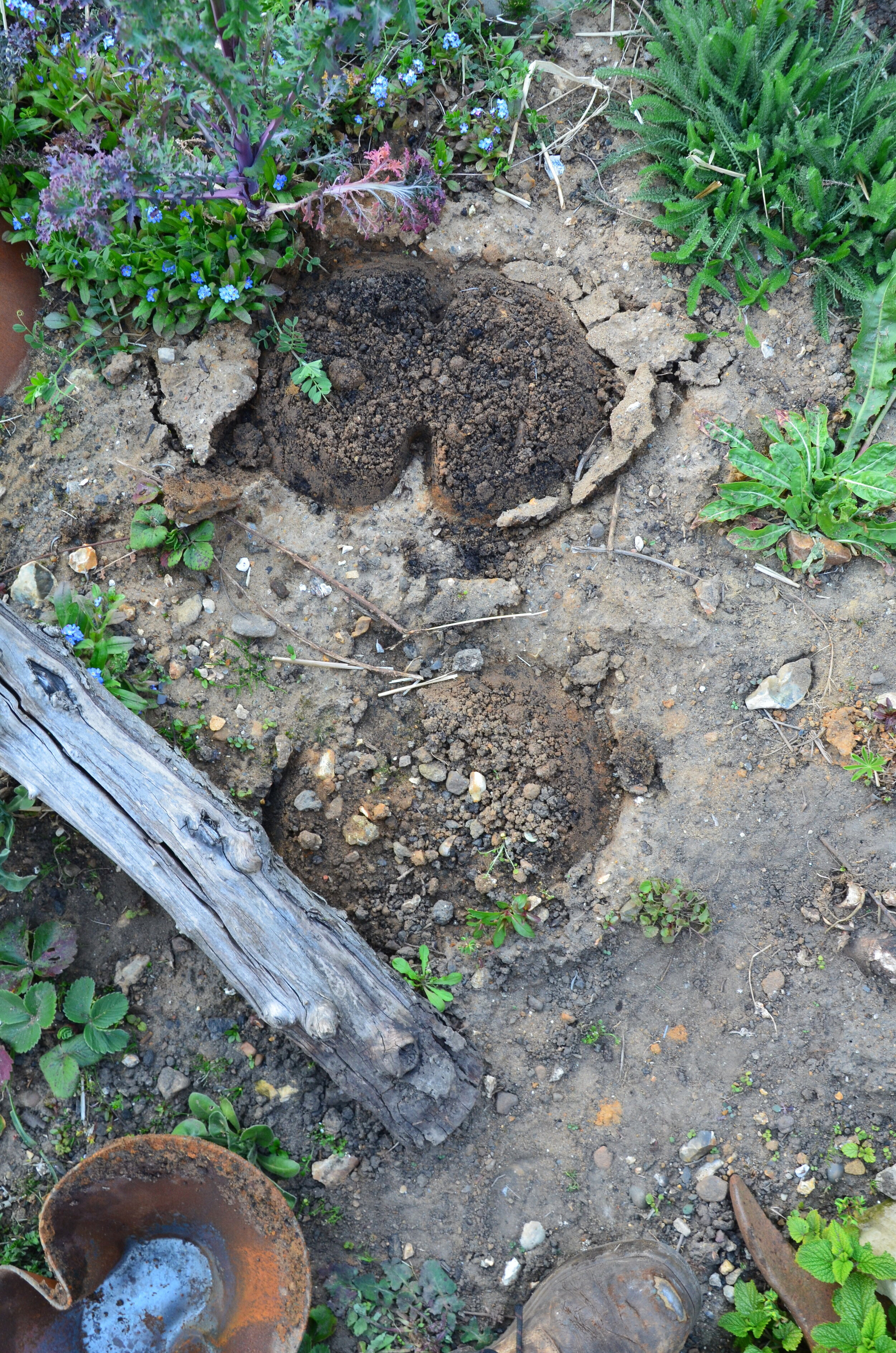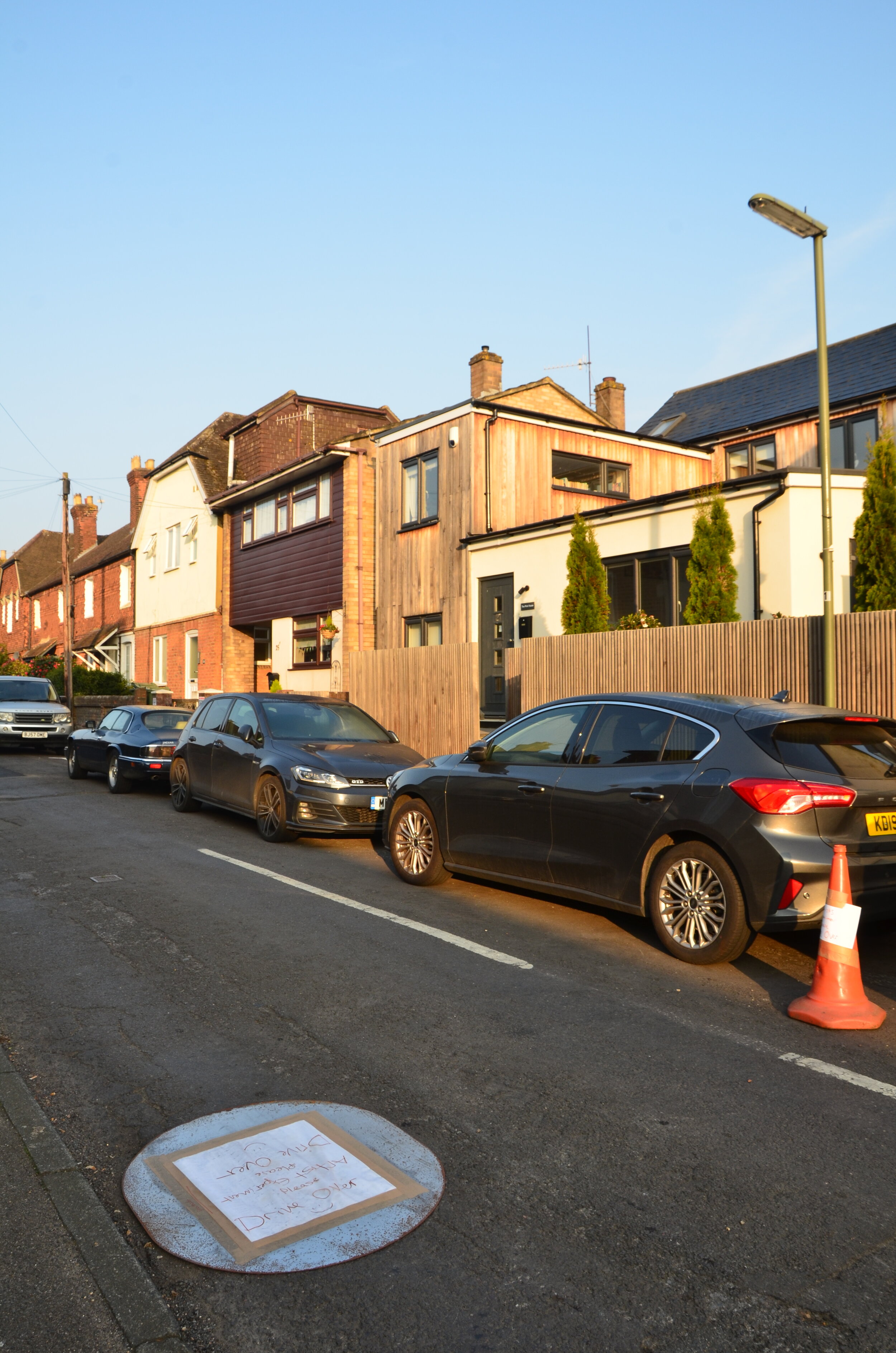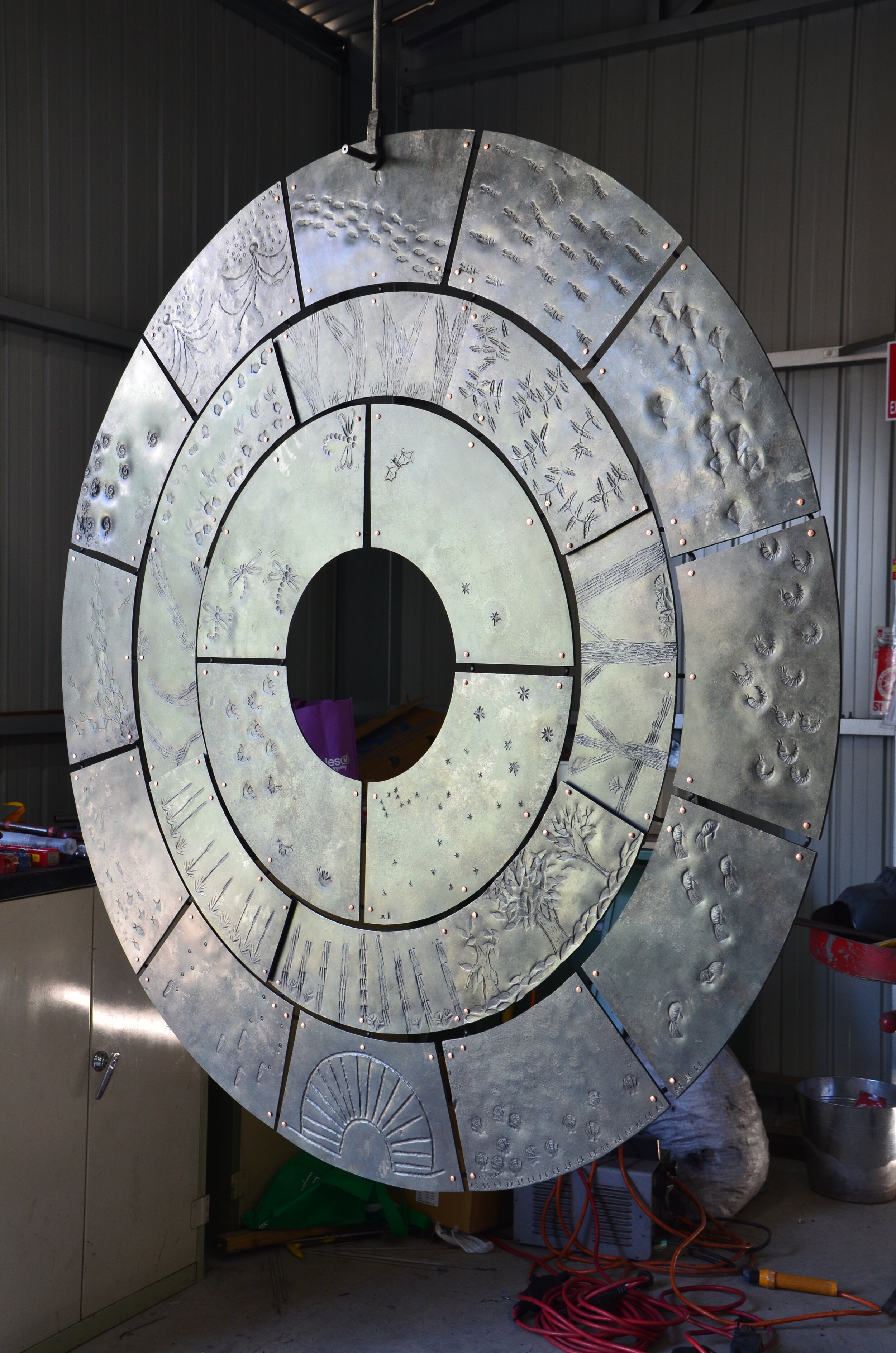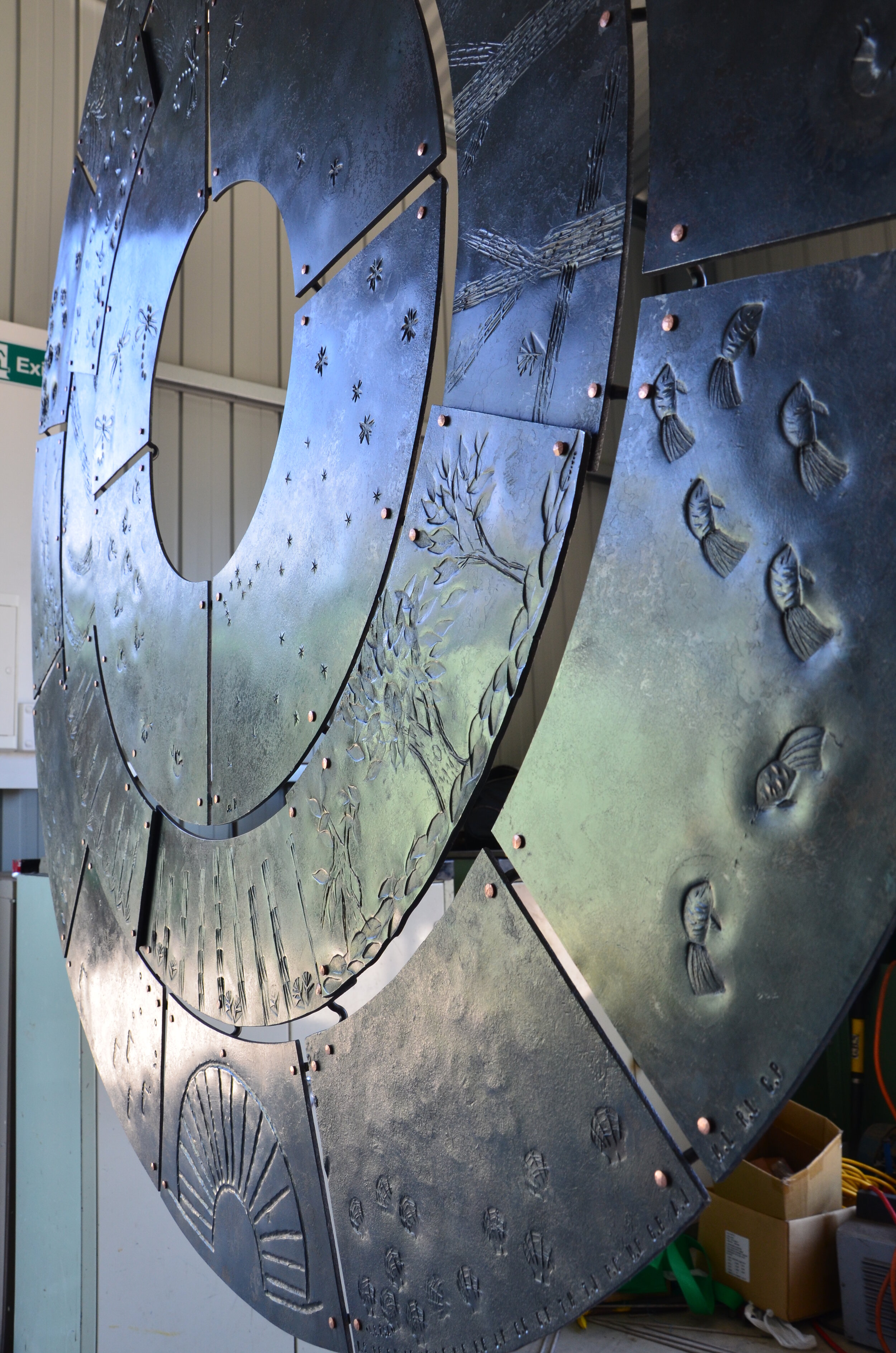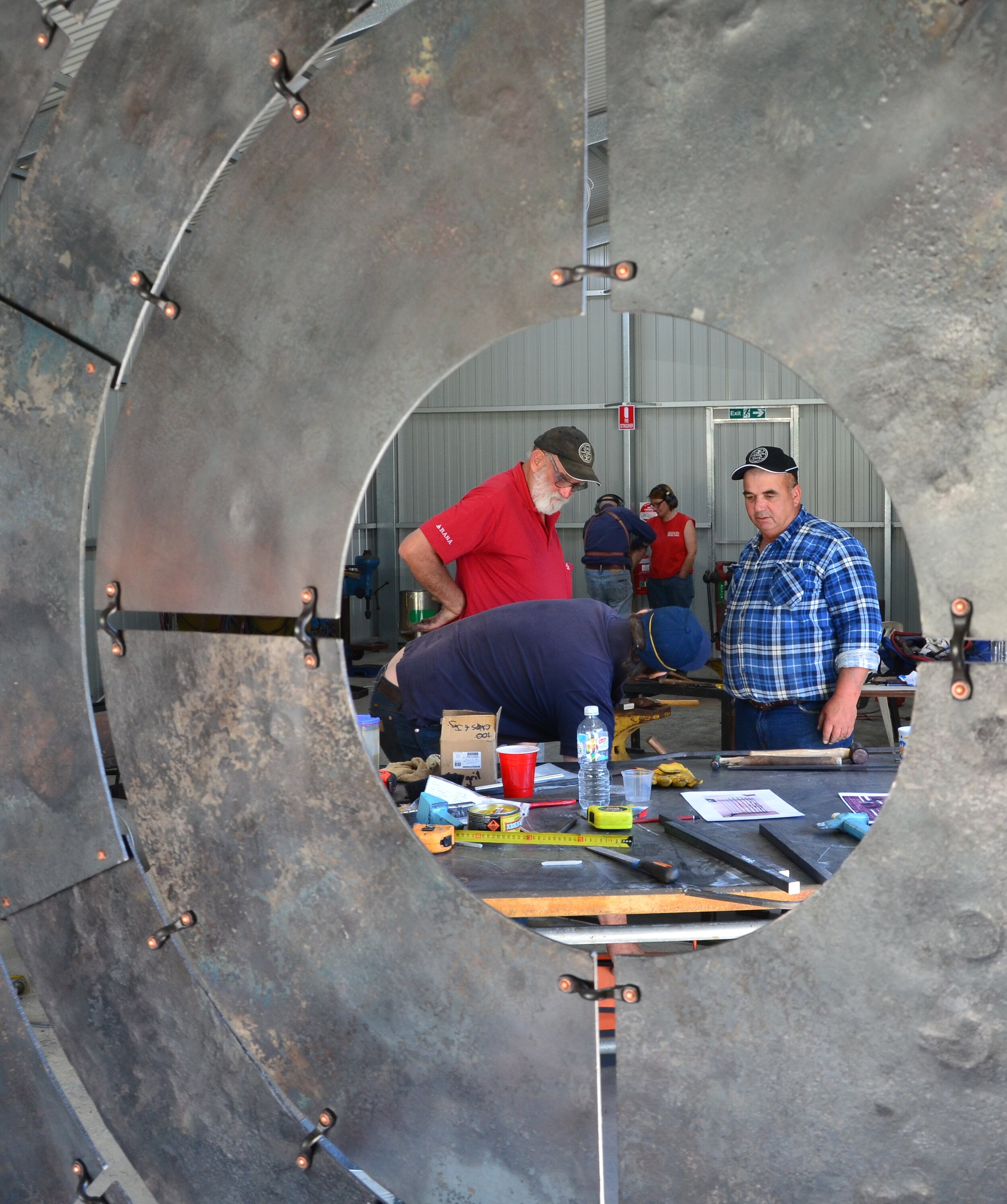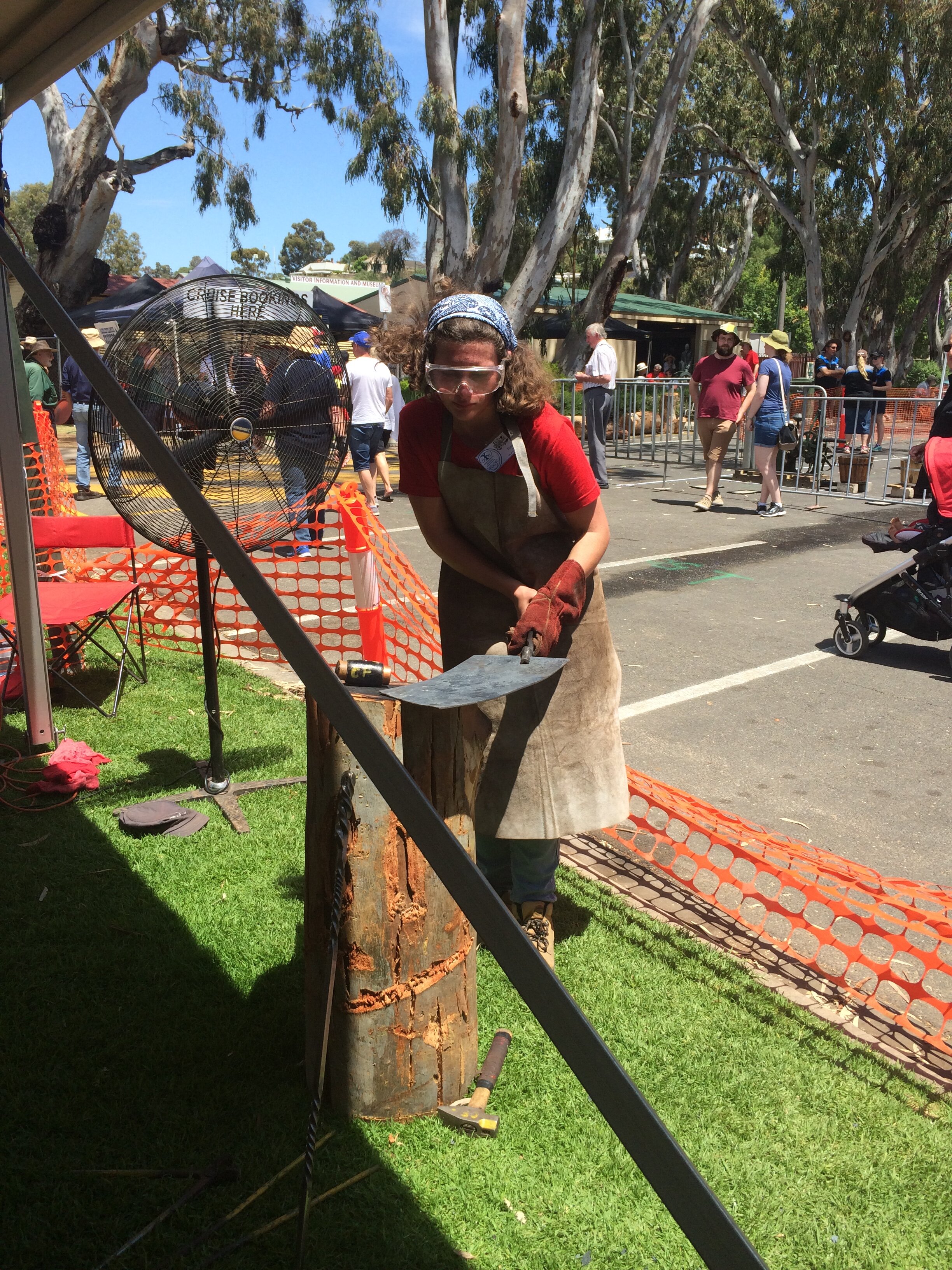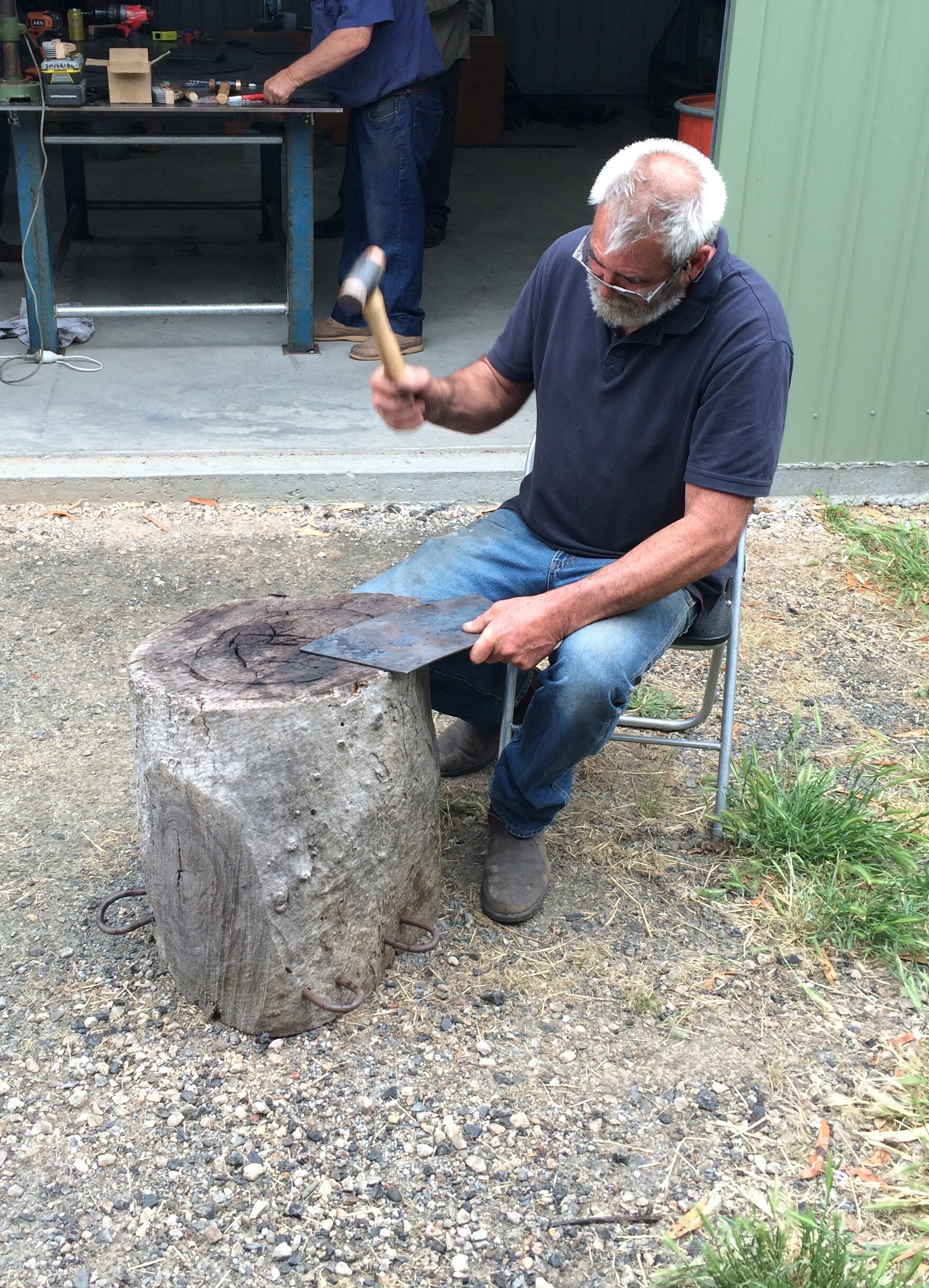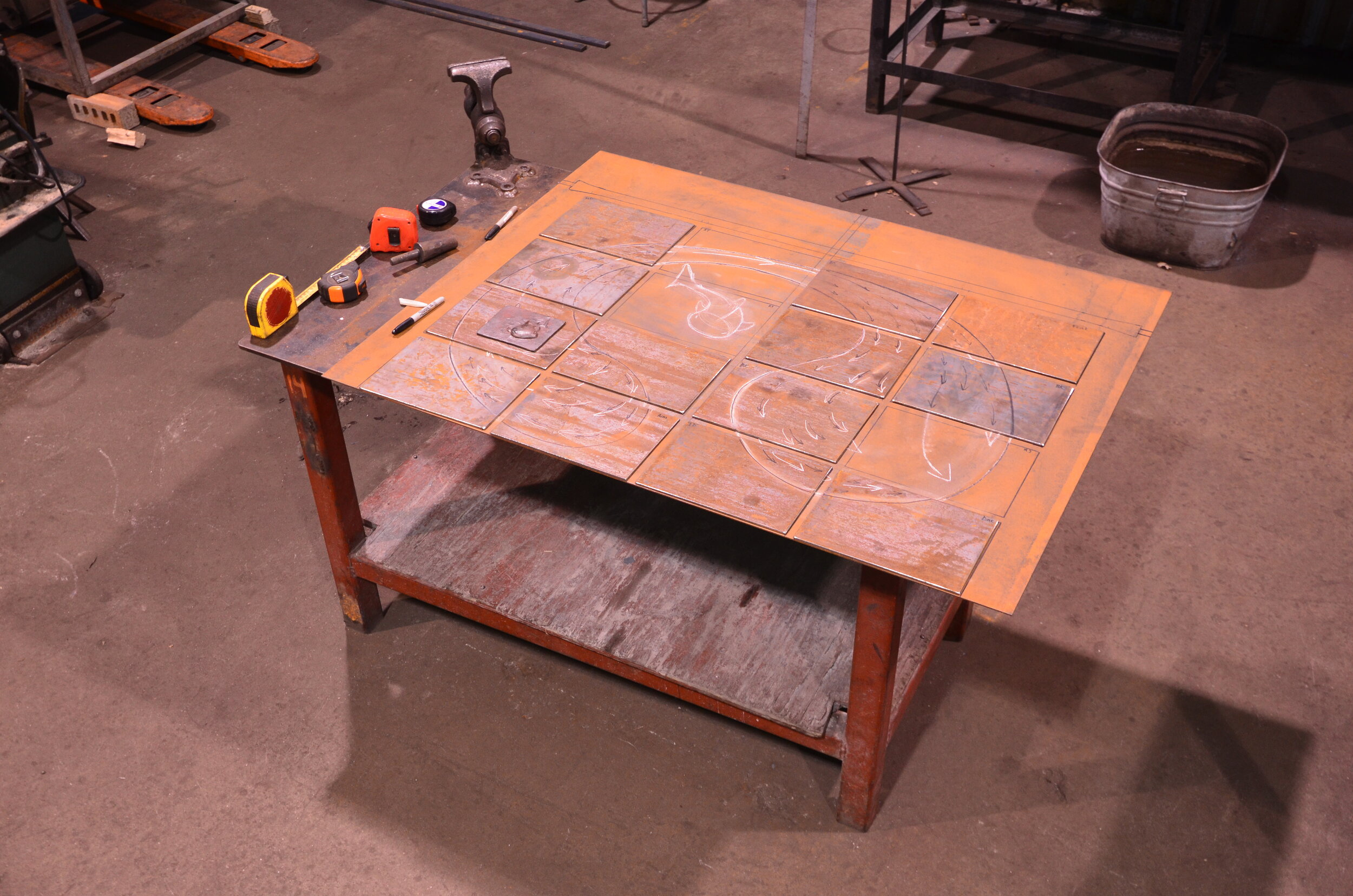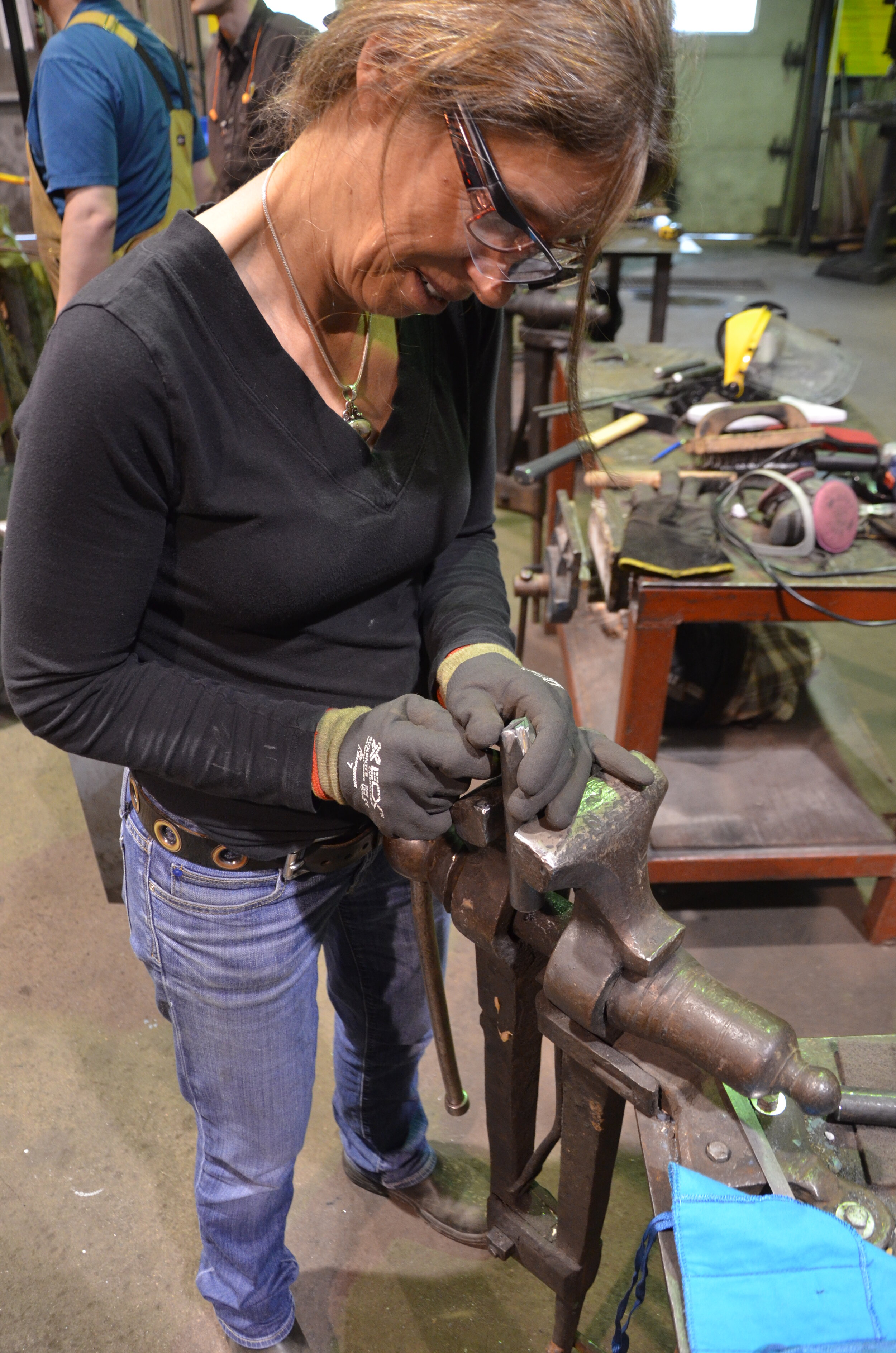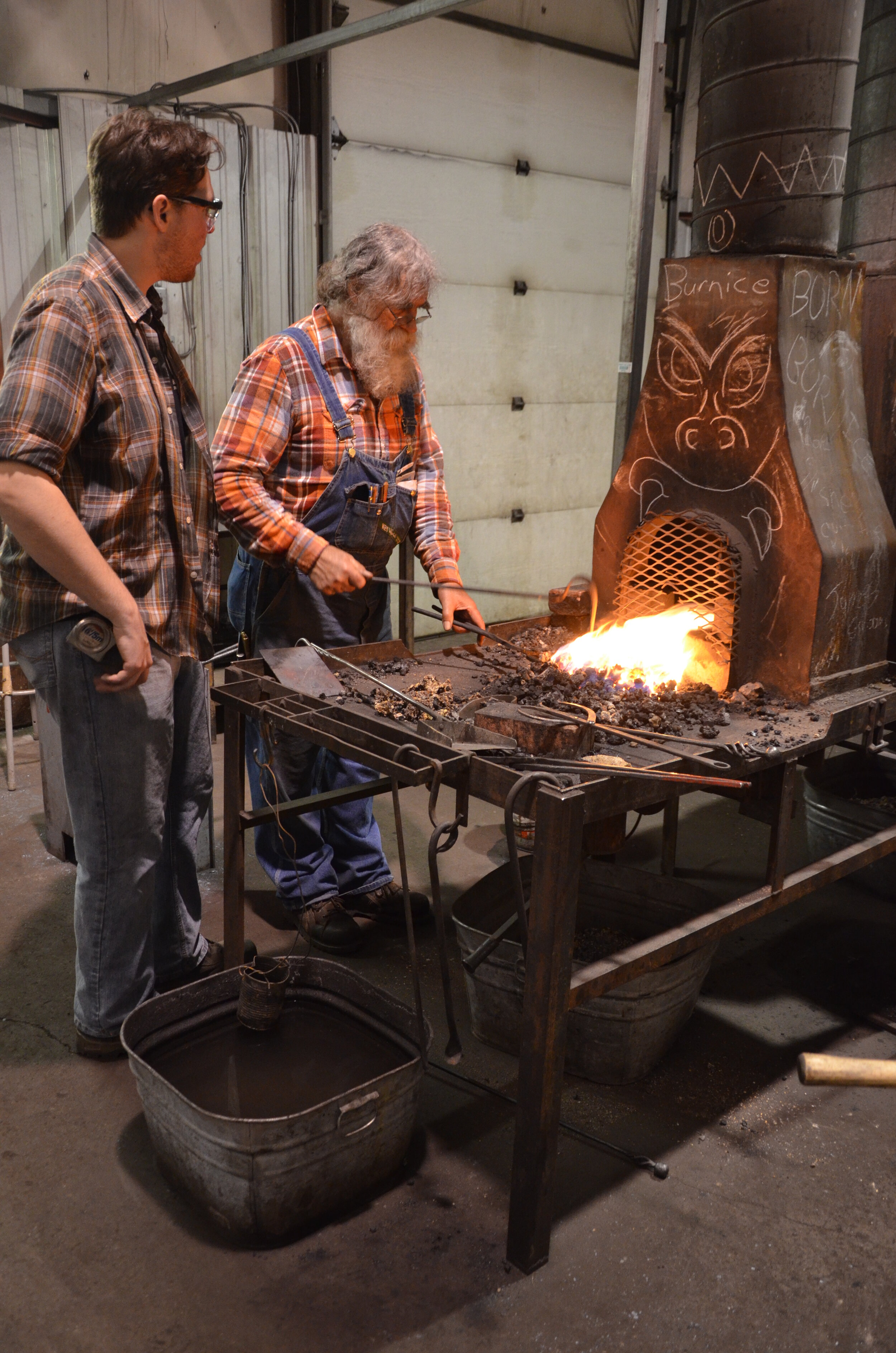Mugwort in hand
Exploring the Healing Gifts of Plants
At the BABA AGM this year, I had the wonderful opportunity to engage with many of you about the healing gifts of the plants surrounding us. Our discussions centered on the various ways to introduce these natural goodies into our bodies, including methods such as tea making, syrups, vinegars, salves, tinctures, and more. We explored how certain plants are predisposed to impart their properties more effectively through specific methods.
Plant Allies and Their Unique Gifts
Mullein in flower
Mullein: A Friend to the Lungs
Mullein is renowned for its affinity to the lungs, providing support for respiratory health. Its leaves can be made into a soothing tea that helps to clear congestion and ease breathing.
Mugwort: Gateway to Lucid Dreams
Mugwort is celebrated for its connection to lucid dreaming and vision enhancement. Additionally, it offers nervous system support, particularly for conditions like sciatica.
Plantain Leaf and Calendula: Wound Healers
Both Plantain leaf and Calendula possess remarkable wound healing properties. They can be used in salves or poultices to promote skin repair and reduce inflammation.
Comfrey Leaf
Comfrey: Cellular Regeneration
Comfrey is prized for its profound properties in cell regeneration and its anti-inflammatory gifts, aiding in the healing process from flesh to bone.
Elderberry and Echinacea: Immune Boosters
Elderberry and Echinacea are well-known for their ability to prevent or reduce the duration of colds by bolstering the immune system.
Practical Applications and Health Systems
Quick Remedies: Spit Poultice and Oil Infusions
We discussed how to make a spit poultice with a herb like plantain leaf in a hurry for wound treatment and the process of creating oil infusions for salves or creams, which can be used for various skin and health benefits. ( using a double boiler, place herb covered in oil and heat for 45mins, then set aside for several hers or overnight before straining off and bottling or adding ¼ - ⅓ raw beeswax to.)
The Importance of Bodily Systems
Understanding the interconnectedness of our bodily systems is crucial for overall health. The digestive, nervous, cardiovascular, and lymphatic systems, to name just a few, play pivotal roles in maintaining mental and physical well-being.
The Lymphatic System and Herbal Support
As a reminder, I would like to delve deeper into the role of the lymphatic system and the supportive properties of Burdock, Dandelion and Hawthorn.
The Lymphatic System: A Vital Network
The lymphatic system plays a crucial role in disease prevention and is responsible for removing toxins and waste from the body. It plays a vital role in maintaining fluid balance and defending against infections. The herbs I would like to offer to help support this system are listed below with some of there gifts they have to offer.
By constantly filtering lymph and monitoring for pathogens, it provides an early warning system for infections. Additionally, it facilitates the movement and activation of immune cells, which are essential for defending against illnesses.
I’ve added burdock and Dandelion for cleansing and hawthorn for heart support as it can be an emotional experience for some, emotions get trapped in the body in all sorts of ways. Removing toxins from the body can bring up a lot for some people. If you are unable to use Hawthorn, Rose can be a great heart support also. Smelling an oil to taking a tincture. For me when working with plans results are greater when you're present with the plant and your body. Allow your intuition to speak up. Listen and do your research.
Dandelion: Liver Support and Diuretic
Dandelion is a gentle diuretic and liver tonic, helping to purify the blood and enhance the function of the lymphatic system. Its roots and leaves can be used in teas or tinctures to support detoxification processes. It also contains compounds that may help reduce inflammation, making it useful in herbal remedies for joint pain and skin conditions.
If you eat a leaf before a meal it will activate your digestive juices to aid in better digestion.
A powerhouse of nutrition, a versatile ingredient in the kitchen, and a valuable player in natural medicine. By embracing the dandelion's properties, we can appreciate its role in both human health and the environment. Next time you see these bright yellow flowers, consider their potential beyond the lawn.
Dandelions are rich in vitamins and minerals. They are a good source of Vit A, C, K, Calcium, Iron, and potassium which can support blood pressure.
Include and are not limited to, digestive Health. Dandelion root is commonly used to support digestive health. It acts as a mild laxative and is known to stimulate appetite and improve digestion. The high fiber content aids in the movement of food through the digestive tract.
One of the most well-known uses of dandelion is in supporting liver health. The plant contains compounds that may help detoxify the liver and gallbladder, improve its function.
Dandelions contain polyphenols and flavonoids, which have anti-inflammatory properties.
The antioxidants found in dandelions help fight free radicals in the body, reducing oxidative stress and potentially lowering the risk of chronic diseases such as cancer and heart disease.
Some studies suggest that dandelions might help regulate blood sugar levels. They may improve the way sugar is metabolized in the body, making them potentially beneficial for people with diabetes or those at risk of developing diabetes.
Burdock: Detoxifier and Blood Cleanser
Burdock root is known as a powerful detoxifier, known for its blood-cleansing properties. It supports the lymphatic system by aiding in the removal of toxins and promoting healthy skin. Burdock root is a powerhouse of nutrients, providing a rich source of, dietary fiber, Vitamins C,E and some B, significant amounts of potassium, magnesium, and manganese. Also antioxidants that help neutralize free radicals.
Medicinal Properties
Burdock is renowned for its therapeutic potential in detoxification and It is believed to purify the blood by removing toxins, thus promoting overall health.
Burdock has anti-inflammatory properties. Its antioxidant properties also help protect cells from damage caused by oxidative stress.
Traditionally, burdock has been used to treat various skin conditions, including acne and eczema. It helps improve skin quality and may reduce signs of aging.
Precautions While burdock is generally safe for consumption, it is important to keep in mind the following:
Allergies: Some individuals may be allergic to burdock. It is advised to perform a patch test or consult with a healthcare provider before use.
Pregnancy: Pregnant and breastfeeding women should consult a healthcare professional before using burdock.
Medicinal Properties of Hawthorn
Hawthorn, scientifically known as Crataegus, is a genus of plants in the rose family. It has been used for centuries in traditional medicine, particularly for its benefits to cardiovascular health. Here, we explore some of the notable medicinal properties of hawthorn.
Cardiovascular Benefits
Heart Health
Hawthorn is perhaps best known for its positive effects on heart health. It is believed to improve the heart's pumping ability, increase blood flow, and reduce the symptoms of heart failure. Compounds in hawthorn, such as flavonoids and oligomeric procyanidins, are thought to provide these benefits by improving circulation and strengthening the heart muscle.
Blood Pressure Regulation
Hawthorn may also help in regulating blood pressure. Some studies suggest that it can dilate blood vessels, which can lead to a reduction in blood pressure. This makes it a potentially valuable herbal remedy for those with hypertension.
Antioxidant Properties
Hawthorn is rich in antioxidants, which help combat free radicals in the body. Free radicals can cause oxidative stress, leading to cellular damage and contributing to various chronic diseases. The antioxidants in hawthorn, particularly flavonoids, can help protect cells from this damage, contributing to overall health and longevity.
Anti-Inflammatory Effects
The anti-inflammatory properties of hawthorn have been noted in several studies. By reducing inflammation, hawthorn may help alleviate symptoms of conditions like arthritis and other inflammatory diseases. The reduction of inflammation can also contribute to heart health by preventing the inflammation of arterial walls.
Digestive Health
In addition to its cardiovascular benefits, hawthorn has been used to aid digestion. It is believed to improve digestion by increasing the secretion of digestive enzymes and improving the breakdown of food. This can be particularly beneficial for individuals suffering from digestive issues like bloating or indigestion.
Anxiety and Stress Relief
Hawthorn is sometimes used as a natural remedy for anxiety and stress. Its calming effect on the nervous system can help reduce symptoms of anxiety and promote relaxation. This makes it a useful herbal supplement for those looking to manage stress naturally.
Usage and Considerations
Forms of Hawthorn
Hawthorn can be consumed in various forms, including teas, capsules, tinctures, oxymel, and extracts. Each form has its own benefits and may be preferred based on individual needs and convenience.
Precautions
While hawthorn is generally considered safe for most people, it is important to consult with a healthcare provider before using it, especially for those who are pregnant, nursing, or taking medications for heart conditions. It is also important to follow recommended dosages to avoid potential side effects.
In conclusion, hawthorn is a versatile herb with a range of medicinal properties, particularly noted for its benefits to heart health. However, like any supplement, it should be used wisely and under professional guidance to ensure safety and efficacy.






















